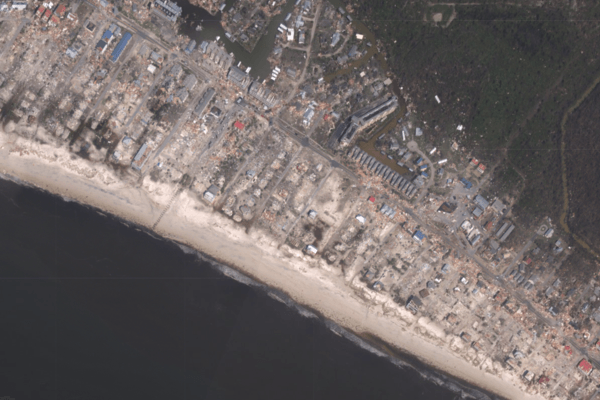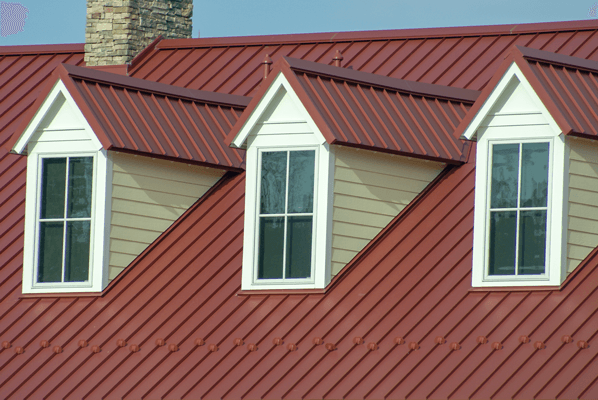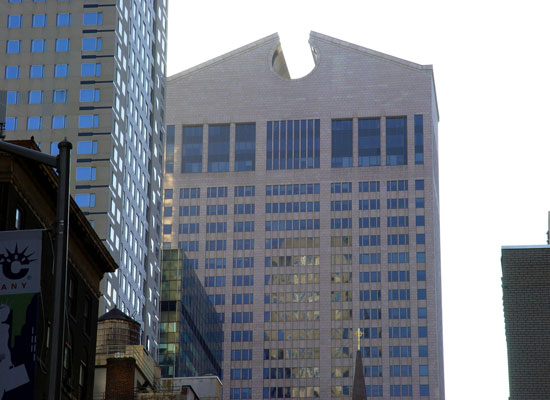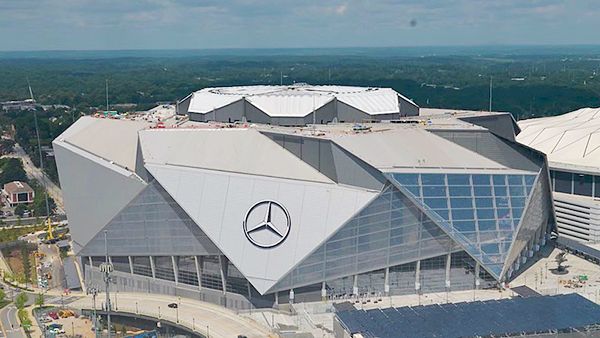Florida has some of the toughest building codes in the nation, but Hurricane Michael showed that the northern part of the state and the panhandle did not. The category 4 hurricane made landfall on October 10th at Mexico Beach. Entire blocks were flattened and 75% of the town gone. According to Mypanhandle.com, the estimated insured losses topped around 6 Billion dollars from Hurricane Michael.
Read MoreSeattle Takes A Closer Look At Infrastructure For Earthquake
The Cascadia Subduction Zone is a convergent plate boundary in the Pacific Ocean, that stretches from Vancouver Island in Canada to Northern California. The Cascadia Subduction Zone can produce large earthquakes when ruptured and could exceed a magnitude 9.0.
Read MoreBuilding Elements React To Moisture As Artful Inspiration
Chen attempted to replicate this action by creating a tile where the outer layer curves the material away when wet. This reactive material could offer a way for architects and engineers to incorporate a customizable construction that alters the way people interact with their built environment.
Read MoreThermal and Moisture: Keeping the Weather Out
This course is based on the 2017 Florida Building codes but is approved by the AIA for 1 hour credit. This course will focus on the “best practice” procedures to careful plan and install thermal and weather resistant components.
Read MoreNew Course: Drier By Design – Designing to Keep Water Out
Architects Training Institute new course called “Drier By Design-Designing to Keep Water Out.” The course focuses on moisture resistance principles and methods in a systematic fashion.
This course teaches the following specific knowledge and skills: A basic understanding of how water moves, migrates, and behaves;
typical sources of excess moisture in our build environments; proactive prevention of unwanted moisture through planning and design;
methods used during construction to prevent the intrusion of water; post-construction prevention of leakage by building envelope inspection;
common points of failure through which water can gain entrance; and prevention of water intrusion through control of condensation.
Architectural Professions: Constraining Innovation
In the 20th century, Architects began to shift the perception of what it means to be an Architect. Previously art, design, and construction were performed by the local artist. As the times changed the ego of the Architect began to expand. It wasn’t until 1958 that the UK established its elitist Architectural education system. The system in 2018 has yet to see any major changes and remains un-evolved. This way of teaching has led to “standard” practices in design from door handles to entire layouts. What used to be artistic splendor has turned into the opposite of innovation: bland enovation.
Read MoreAT&T Headquarters Building Labeled as Individual Landmark
The 37-story 550 Madison, also known as AT&T Corporate Headquarters Building, was completed in 1984 by Philip Johnson and John Burgee, and is considered a benchmark of postmodernism as the first commercial skyscraper of that style. The building has a “Chippendale” roofline and pinkish-grey granite that helps it stand out among its Midtown Manhattan neighbors. The Landmark Preservation Commission (LPC) calls it “one of the most important postmodernist buildings in the world and it is one of Johnson/Burgee’s most celebrated works to this day.”
Read MoreVietnamese Bridge Gets Some Helping Hands
Located in Vietnam’s Truong Son Mountains—The Golden Bridge attracts tourists from around the globe. The French colonists used to settle in the Ba Na Hills area in 1919 but it’s now a mountainside resort, which holds a fantasy park and a French village with cobbled streets.
Read MoreMercedes-Benz Stadium Lead By LEED Example
The Mercedes-Benz Stadium, home of the Atlanta Falcons and United FC, is part of the moving trend of stadiums focusing their operations on greener sustainability and energy. The stadium scored a Leadership in Energy and Environmental Design (LEED) of 88 out of a potential 110 and earned a Platinum certification.
Read More







